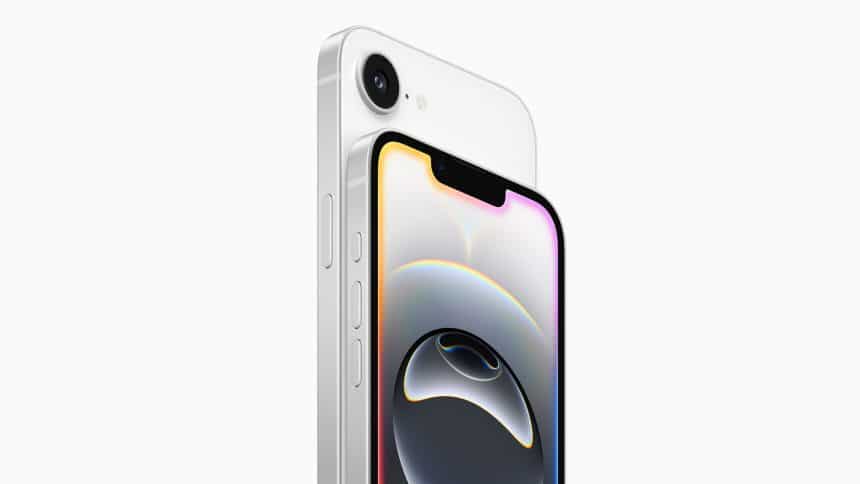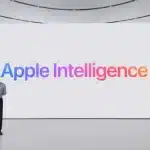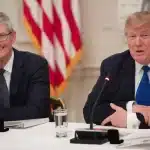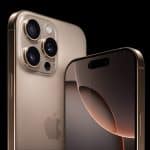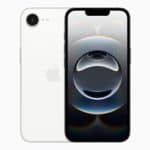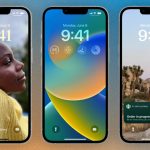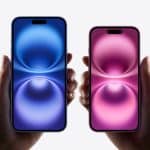Although Apple’s latest budget-friendly iPhone 16e doesn’t include MagSafe, the magnetic charging system is not being phased out. This move has sparked concern among some fans, but Apple has made it clear that MagSafe is here to stay.
The iPhone 16e is the first device in the lineup to skip MagSafe since its introduction in 2020. Still, Apple has recently updated the MagSafe system to support 25W charging speeds. That update alone signals the company’s commitment to the feature.
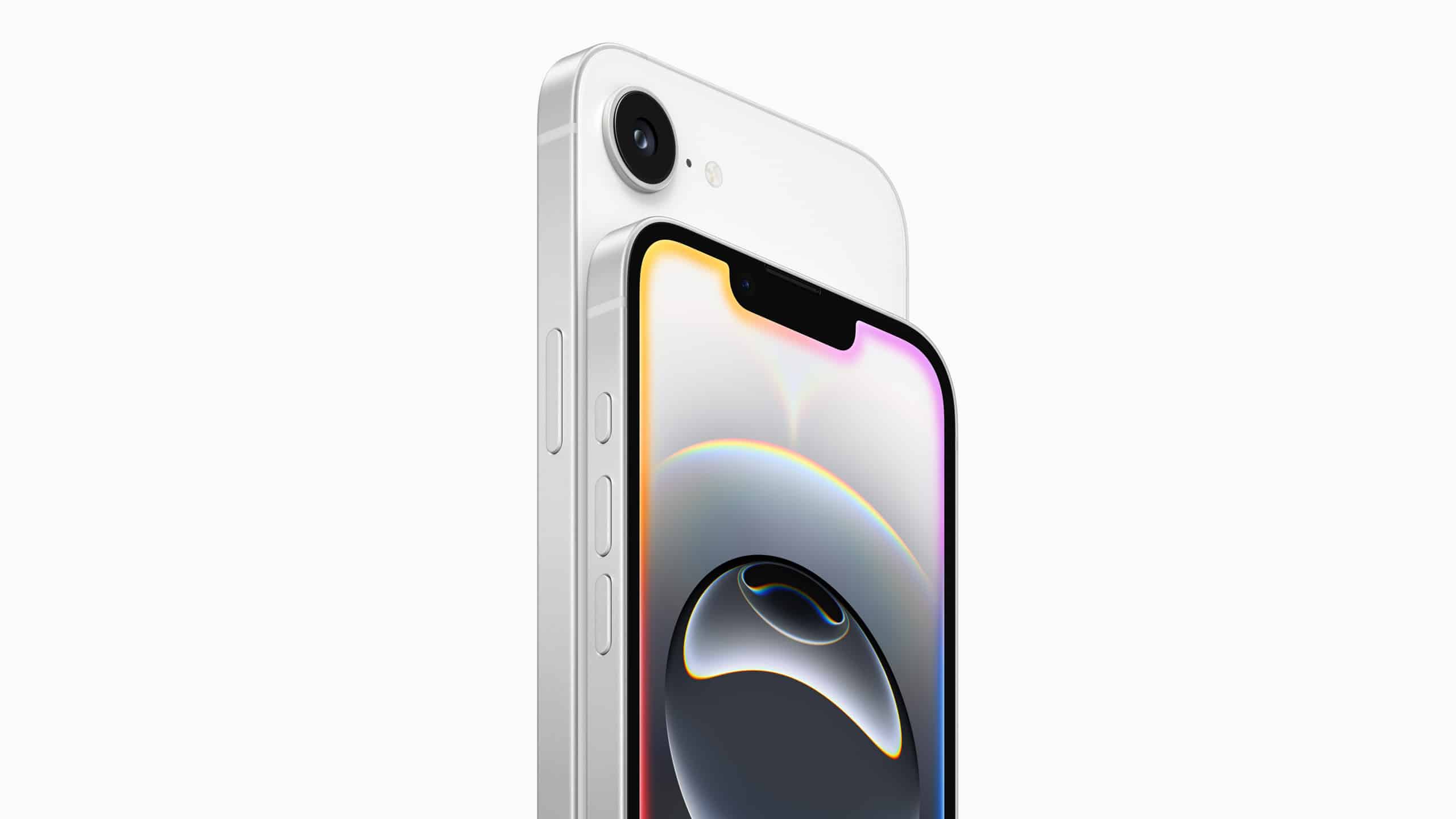
Why MagSafe Isn’t Going Anywhere
Rumors swirled online that Apple might discontinue MagSafe—similar to how it ended 3D Touch years ago. However, there’s a big difference. While 3D Touch struggled with user adoption, MagSafe has gained wide popularity due to its use in chargers, wallets, car mounts, and stands.
Furthermore, MagSafe played a key role in shaping Qi2, the next-gen wireless charging standard. Apple helped design Qi2 by contributing its magnet-based charging tech to the Wireless Power Consortium. In fact, Apple’s devices were among the first certified under the Qi2 standard.
Case-Only MagSafe? Unlikely
Some speculate that Apple might move MagSafe magnets to its phone cases instead of building them into the phones. But this theory doesn’t hold up. Apple doesn’t advertise phones with cases, and its iPhone 16e cases don’t include MagSafe magnets.
If Apple planned a switch to case-based MagSafe, it likely would have introduced it with the iPhone 16e. Also, removing MagSafe would mean most accessories—including Apple’s own—wouldn’t work without buying extras. That’s a user experience Apple typically avoids.
Looking Ahead: MagSafe Set to Improve
All signs point to Apple enhancing MagSafe, not removing it. As Qi2 evolves, Apple may push the limits with faster charging and more efficient designs.
So while the iPhone 16e lacks MagSafe, the feature remains a core part of Apple’s wireless future—and it’s not going anywhere.
